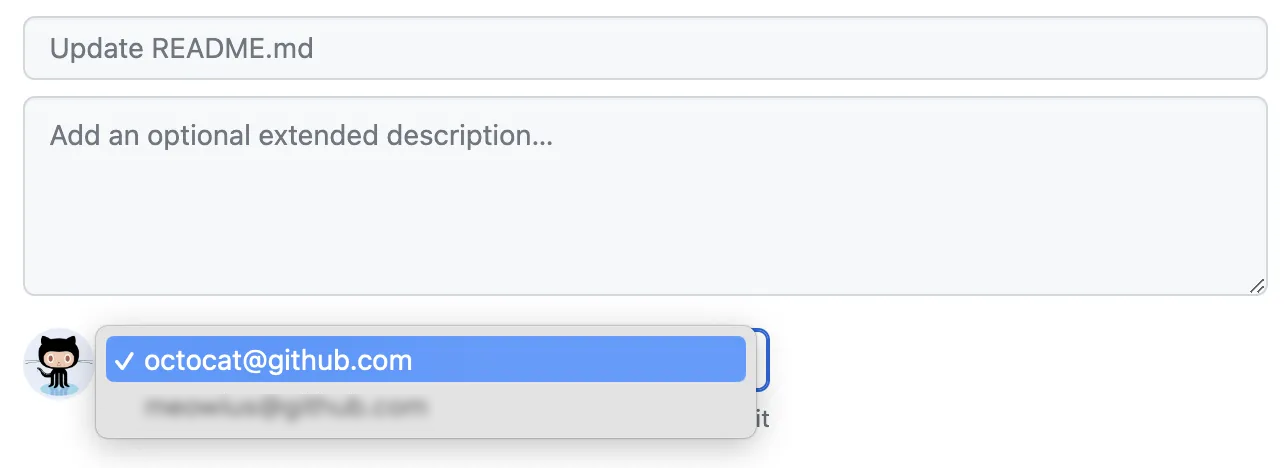People with write permissions for a repository can set the Markdown processor for a GitHub Pages site.
GitHub Pages supports two Markdown processors: kramdown and GitHub's own Markdown processor, which is used to render GitHub Flavored Markdown (GFM) throughout GitHub Enterprise Cloud. For more information, see "About writing and formatting on GitHub."
You can use GitHub Flavored Markdown with either processor.
-
On GitHub Enterprise Cloud, navigate to your site's repository.
-
In your repository, browse to the _config.yml file.
-
In the upper right corner of the file view, click to open the file editor.

Note
Instead of editing and committing the file using the default file editor, you can optionally choose to use the github.dev code editor by selecting the dropdown menu and clicking github.dev. You can also clone the repository and edit the file locally via GitHub Desktop by clicking GitHub Desktop.

-
Find the line that starts with
markdown:and change the value tokramdownorGFM. The full line should readmarkdown: kramdownormarkdown: GFM. -
Click Commit changes...
-
In the "Commit message" field, type a short, meaningful commit message that describes the change you made to the file. You can attribute the commit to more than one author in the commit message. For more information, see "Creating a commit with multiple authors."
-
If you have more than one email address associated with your account on GitHub, click the email address drop-down menu and select the email address to use as the Git author email address. Only verified email addresses appear in this drop-down menu. If you enabled email address privacy, then a no-reply will be the default commit author email address. For more information about the exact form the no-reply email address can take, see "Setting your commit email address."

-
Below the commit message fields, decide whether to add your commit to the current branch or to a new branch. If your current branch is the default branch, you should choose to create a new branch for your commit and then create a pull request. For more information, see "Creating a pull request."

-
Click Commit changes or Propose changes.